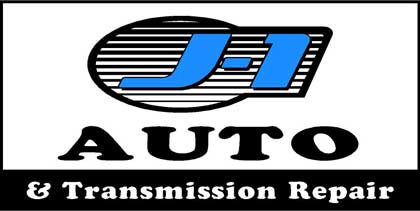Understanding Transmission Types and Pricing: Insights from Your Trusted Auto Repair Shop
When it comes to car ownership, few systems are as vital as your transmission. Whether you’re navigating daily commutes or heading out on long road trips, the right transmission plays a key role in your vehicle’s performance and longevity. But how do transmission types impact your driving experience and budget?
As your local auto repair experts, we’re here to guide you through the basics of transmission types and how they affect pricing—both at the dealership and in the repair shop.
Transmission Types: What You Should Know
1. Manual Transmission (MT):
A classic choice for drivers who enjoy control and simplicity.
- How It Works: You manually shift gears using a clutch pedal and stick shift.
- Why It Matters:
- Pros: Lower purchase cost, fewer parts to maintain, and reliable longevity.
- Cons: Requires skill to operate and can be challenging in stop-and-go traffic.
- Repair Insight: Manual transmissions are generally easier and less costly to repair, with straightforward mechanics that don’t require extensive diagnostics.
2. Automatic Transmission (AT):
A go-to option for drivers who value ease and convenience.
- How It Works: The car shifts gears automatically, adapting to your speed and driving conditions.
- Why It Matters:
- Pros: Ideal for city driving and heavy traffic.
- Cons: Higher initial cost and potentially more expensive repairs.
- Repair Insight: Automatic transmissions are complex, requiring specialized tools and expertise for repairs. However, regular maintenance—like fluid changes—can extend their lifespan.
3. Continuously Variable Transmission (CVT):
A modern solution designed for smooth and efficient performance.
- How It Works: Uses a belt-and-pulley system to deliver seamless acceleration without traditional gears.
- Why It Matters:
- Pros: Exceptional fuel efficiency and quiet operation.
- Cons: Can feel less engaging to drive, especially for enthusiasts.
- Repair Insight: CVTs require specialized knowledge and parts. While maintenance is key, issues like belt wear can lead to significant repair costs if left unchecked.
4. Dual-Clutch Transmission (DCT):
For those who want the best of both worlds: sporty performance and convenience.
- How It Works: Utilizes two clutches for quicker gear changes, often found in high-performance or luxury vehicles.
- Why It Matters:
- Pros: Fast, efficient gear shifts with a sporty feel.
- Cons: Higher purchase and maintenance costs.
- Repair Insight: DCT repairs can be intricate and expensive. Preventive maintenance is essential to avoid costly breakdowns.

